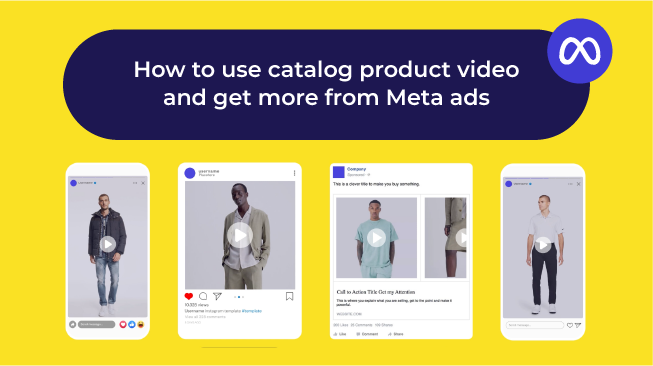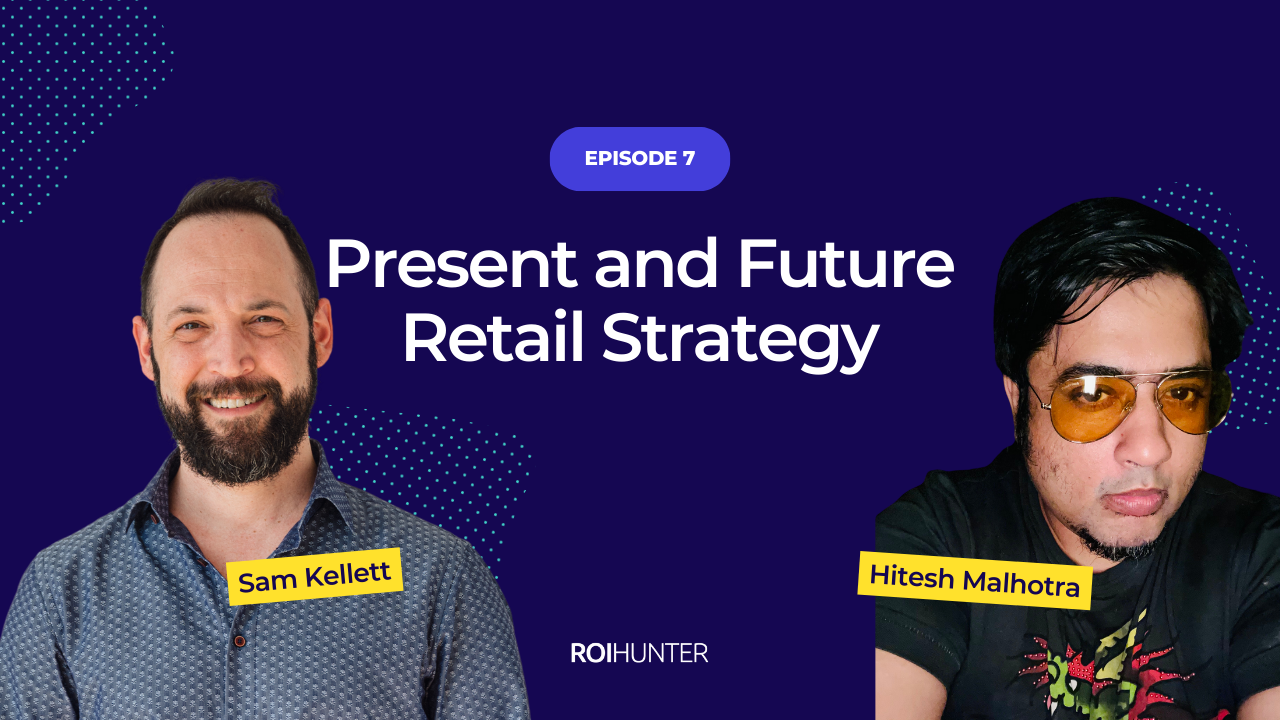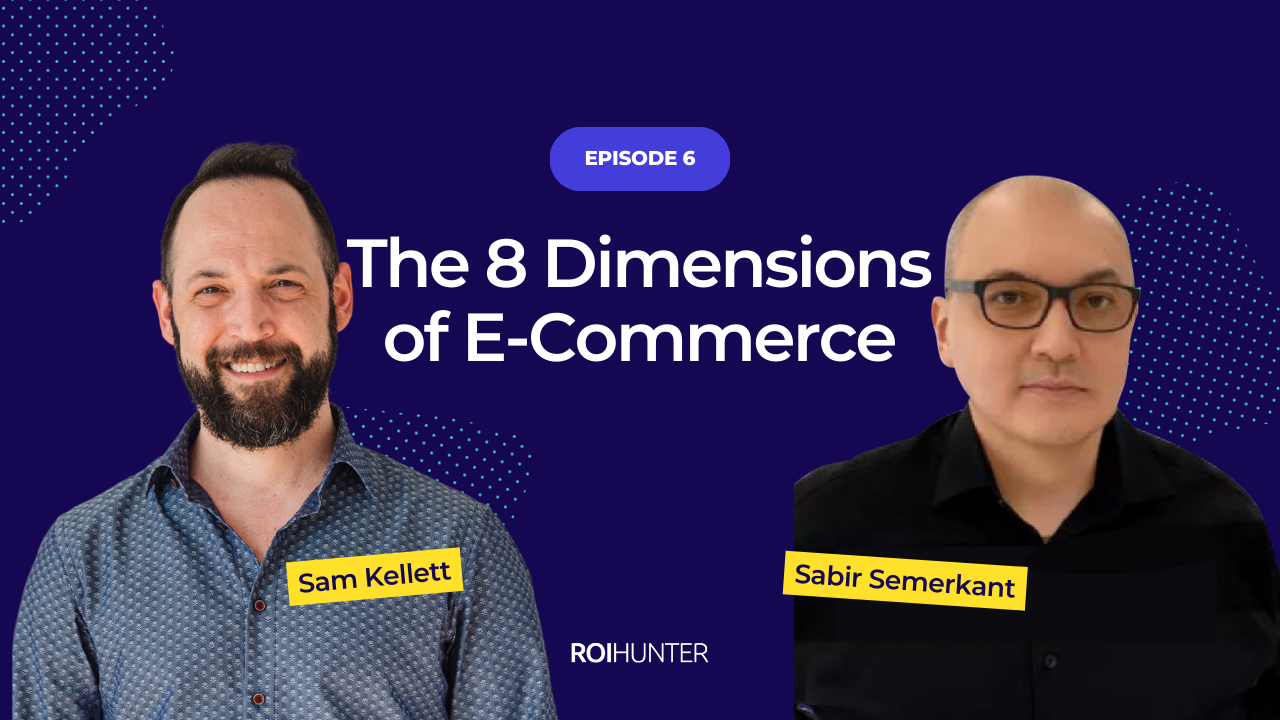As business growth slows and the cost of labour and other goods rise, business leaders are left facing tough choices resulting in major budget cuts and mass layoffs.
And as history repeats itself, you can be sure that marketing departments will take the brunt of it. In 2023, marketing budgets will be severely slashed, while the cost of martech will increase by 20%.
That’s why it’s crucial to make sure you’re getting the best results out of your advertising platforms. In this article, we’ll discuss Google’s newest campaign type, PMax (Performance Max), through an e-commerce retail advertising lens, to help you understand how PMax works, the benefits, the limitations, and teach you how to enhance these campaigns.
Google Ads overview
Google is the largest and most widely used search engine, processing over 8.5 billion searches per day. Having been around for over two decades, the Google Ads platform has earned both seniority and authority in paid advertising.
Google Ads allows you to create campaigns to target specific keywords, demographics, and interests. You can also use Google Ads to track the performance of your campaigns and make adjustments when you need.
The Google Ads platform (usually) uses a PPC (pay per click) model, meaning you only pay when someone actually clicks on one of your ads. Google isn’t the only search engine to offer PPC advertising, but because Google embeds your advertisements into their search engine results, you’ll usually see better returns.
You can also invest as little or as much as you want each month, so it’s a great choice for retailers who are budget-conscious. When a user clicks on your ad, the cost will automatically be deducted from the budget you’ve set.
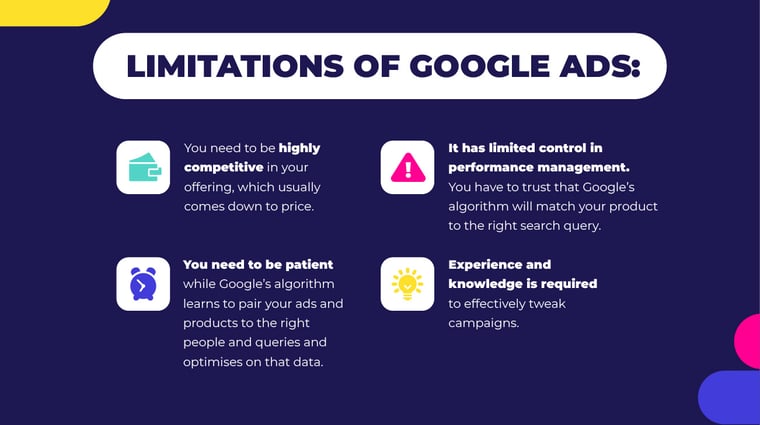
What is Performance Max?
PMax (Performance Max) is Google’s new automated goal-based campaign type that gives performance advertisers access to all of their Google Ads inventory from a single campaign.
It replaced Google Smart Shopping back in September 2022. After that, Google automatically converted all Smart Shopping campaigns to PMax campaigns.
PMax enables marketers to show their ads across all of Google’s advertising channels, including Search, Display, Discover, YouTube, Gmail, and Maps, giving your ads the opportunity to be discovered by an array of different audiences. It also grants access to insights, trends, and best practices to help advertisers make more informed decisions.
PMax's engine works on AI (artificial intelligence) and Machine Learning, building on responsive advertisements and smart strategies and combining them all in one spot.
To use PMax campaigns, Google just needs your:
- GMC (Google Merchant Center)
- Budget
The following data is optional:
- Marketing objectives and goals
- Creative assets (images, video, text)
- Geotargets
- Google My Business
- Google Audiences (manually targeted)
- Audience signals
- Data feeds
The purpose behind PMax is to save advertisers time and effort wasted on manually managing campaigns. With PMax, once your campaign goals and budget are set, Google automates the campaign for you.
What are PMax’s benefits?
You can manage placements all in one place.
Performance Max provides advertisers with an easy way of getting their ads shown across multiple platforms. The unified campaigns cover more platforms than Smart Shopping campaigns did, which saves you a lot of time on managing your cross-platform campaigns.
You can unlock new audience segments.
PMax helps marketers find new audience segments. With a real-time understanding of customer behaviour, ads are effectively targeted toward relevant shoppers.
You have more creative control over asset groups.
You add your own creative assets to PMax campaigns, which gives you control over the look and content of your ads. With Google’s Combinations Report, you’re also able to see which of your assets perform best.
What are PMax’s limitations?
There is a lack of control.
Since the AI builds ads using different assets, retailers have limited control over the ads produced. If maintaining your brand image is important to your business, PMax might inhibit your ability to have total control over your branding.
Also, PPC managers need to give thorough information and collateral for asset groups. If PPC marketers don’t take the time needed to provide matching assets, it could lead PMax to create poorly-made ads, particularly auto-generated videos.
Another downside is that PMax doesn’t offer dayparting, leaving ads to be shown randomly rather than offering advertisers the opportunity to choose when their ads get delivered.
Audience signals can be tedious.
Performance Max uses audience signals to target audiences by their likelihood of converting. However, amidst growing privacy restrictions, it's becoming increasingly difficult to collect information on user behaviour.
Audience signals act as a suggestion to Google about who would be the best people to serve specific ads to. However, as audience signals are linked to asset groups, you'll need to set up new audience signals for every single one of your asset groups.
They lack actionable product-level performance data.
Retail advertisers are offered some visibility into where their budgets are going but are left with limited tools in Google Ads to be able to do something with this information.
For example, below you can see that the product, “Maternity dress”, is overspending budget, but there’s nothing you can do with that knowledge.
How retailers can enhance Google PMax
Connect more channels
ROI Hunter’s PPM (Product Performance Management) platform enables you to integrate additional data for analysis beyond the channels you can use with PMax. With the PPM platform, you can connect product-level performance data from across Google, Google Analytics, GA4, Meta, Adobe, and more, all in one place.
Get actionable product performance data
As mentioned, Google Ads doesn’t offer actionable visibility into your product-level performance data. However, with the PPM platform, retailers can not only see their product performance, but can communicate it to ad networks like Meta and Google and launch campaigns based on the insights, all from the same platform.
Additionally, the type of data the PPM platform reveals is important for understanding your product performance from different angles (margins, return rates, stock levels, etc.). Using the PPM platform, you can make more informed business decisions, such as ensuring your budget is only focusing on your “good” products and removing your poor-performing ones from promotion.
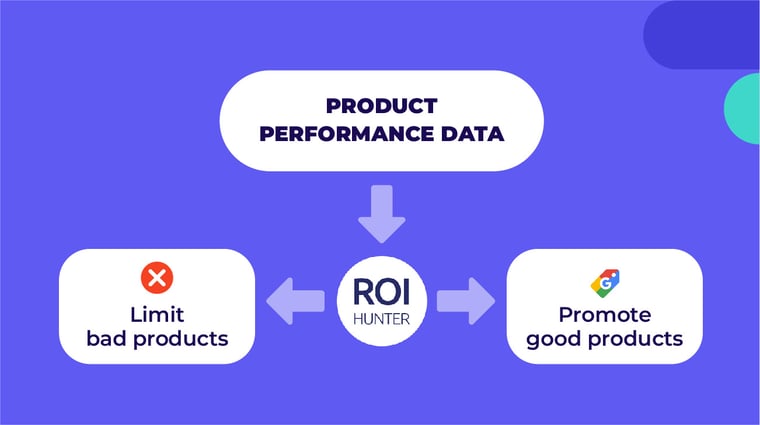
See how Funko used the PPM platform to improve their PMax campaign’s conversion rate by 105%.
Avoid product overlapping
Often when you run more than one campaign with PMax at the same time, your products will be promoted in multiple, causing the products, and therefore the campaigns, to compete against each other, leading the reports from those campaigns to become unreliable.
To avoid product overlapping, you can use the PPM platform’s Product Filter feature, which will sort and create campaigns based on your preferred Product Groups or Segments, such as Bestsellers, Poor Performers, Black Friday Sale, Catch All, and more.
The items that fall under more than one Product Filter are distributed based on priority. For example, if your product is a Bestseller, but is also in the Black Friday Sale filter, ROI Hunter will promote it in the campaign with a higher Priority (e.g. Bestsellers), rather than the campaign designated to promote Black Friday Sale items (pictured below).
This avoids product overlap by forbidding a product to spend your budget in multiple campaigns at once, sidestepping same-product and cross-campaign competition and leaving you with more accurate product performance data.
Get real-time automatic updates
Every advertising platform’s algorithm has a learning curve, and Google is no exception. When new products enter the market, it takes Google’s algorithm 7-14 days to learn who to show your products to and how your products perform.
With ROI Hunter’s PPM platform, Product Filters are updated in real-time, so that if one of your new products is a star off the bat, it’ll be promoted that same day, rather than having to wait until Google’s algorithm deems it worthy to promote.
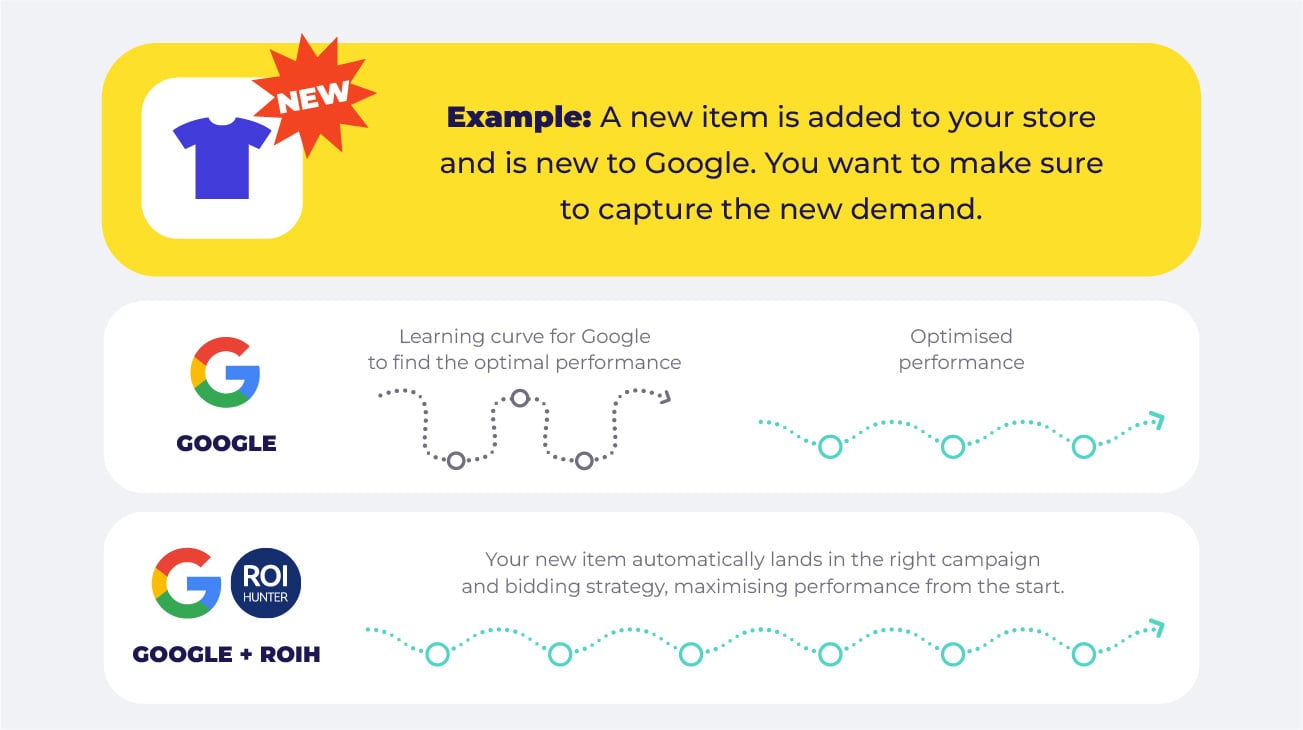
Final thoughts
Marketing budget is on everyone’s minds right now. In fact, 52% of e-commerce retailers regularly waste marketing budget on ads that don’t deliver adequate returns.
As marketing budgets continue to be slashed, it’s crucial you make sure you’re using what’s left of yours wisely. One way to ensure you get more with less is by understanding how to enhance Google Ads PMax campaigns.
With ROI Hunter’s PPM (Product Performance Management) platform, you’re able to connect more channels, gain unique visibility into actionable product-level performance data (all in one place), avoid product overlapping, and get real-time automatic updates about your product performance.
If you want to get even more technical about how you can enhance your PMax campaigns, leave a message here.

